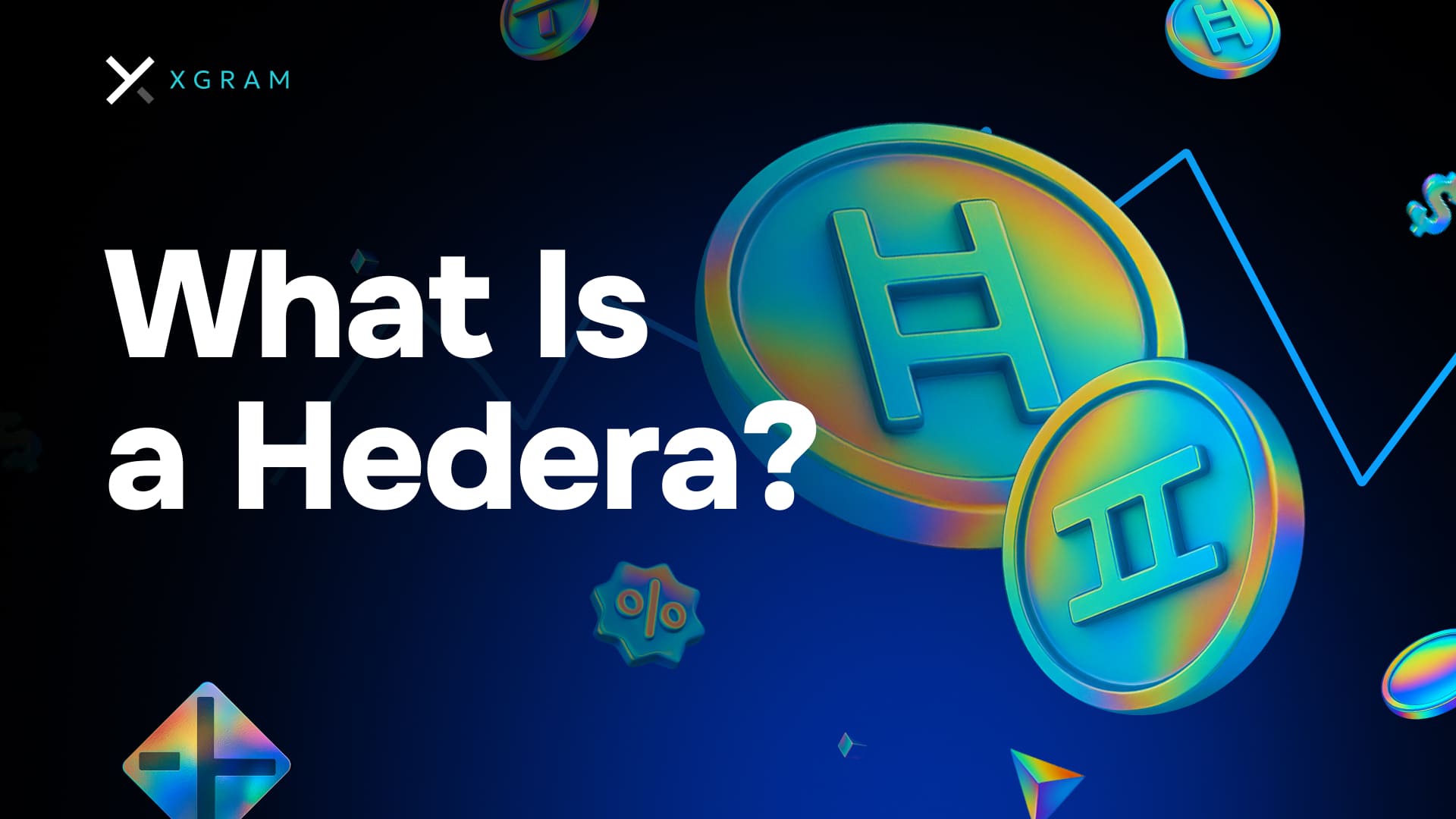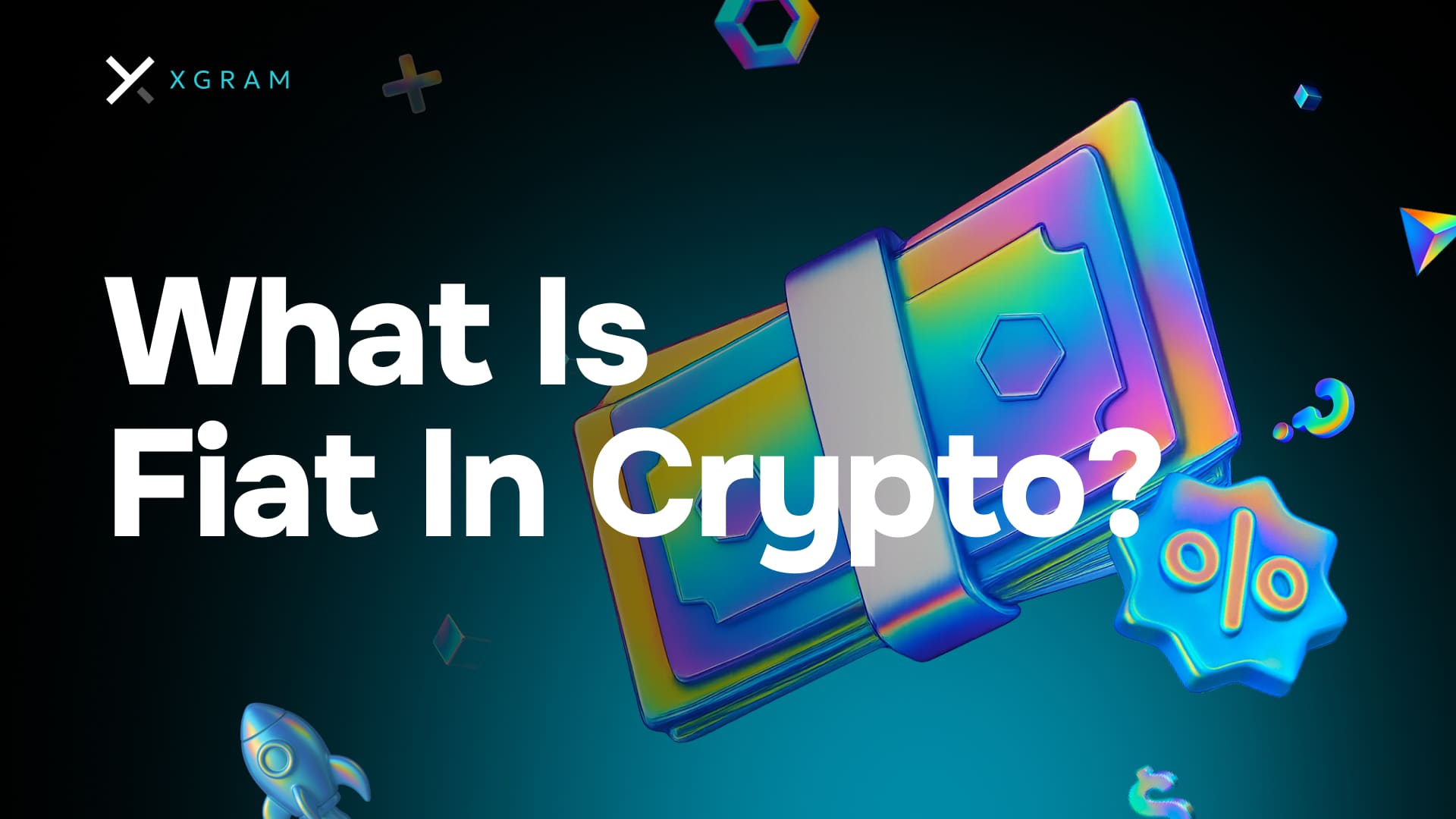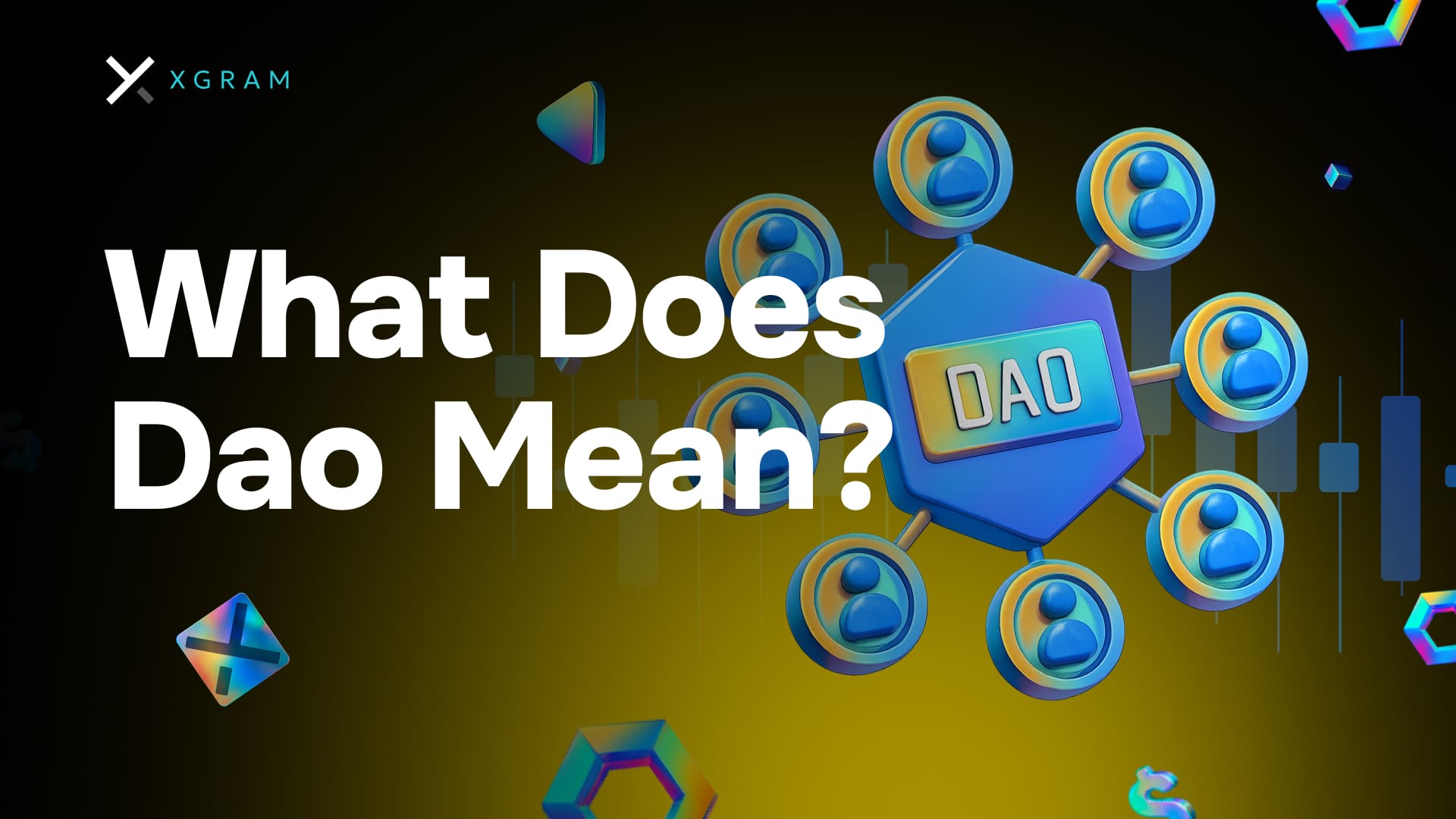TL;DR (Short summary for busy readers):
- Hedera is a decentralized public network that uses a novel consensus method called Hashgraph, different from traditional blockchains.
- It aims to offer faster transaction speeds, strong security, and a governance model led by major global organizations.
- Getting started with a Hedera-compatible wallet is similar to setting up most crypto wallets, but there are a few network-specific tips to keep in mind.
- As a beginner, it pays to watch out for fees, keep your private keys secure, and explore practical ways to use Hedera’s features.
Understanding Hedera: The basics

If you have been researching cryptocurrencies, you have likely seen many names beyond Bitcoin or Ethereum. Hedera—or more formally, Hedera Hashgraph—is one of these projects that has carved out its own niche. At its core, Hedera is a public distributed ledger designed for real-time applications at scale. The name “Hashgraph” refers to its unique consensus algorithm, which does not rely on the chain-of-blocks model you might expect in traditional crypto networks.
Most blockchains order transactions by bundling them into blocks. Each block references the block before it, creating a linear chain. Hedera, on the other hand, uses a directed acyclic graph (DAG) structure. Imagine a graph that spreads out in multiple directions at once but never loops back on itself. This structural difference can pave the way for higher throughput (meaning more transactions processed per second) and potentially lower fees for network participants.
Why you should care about Hedera
Hedera is still in a growth phase, but it has already attracted attention from major companies and institutions that see potential in its approach. If you are completely new to crypto, you might wonder why you should care about yet another network. The main reason is the possibility it offers: faster transaction speeds and strong security can make it more appealing for real-world uses, from payment applications to supply-chain monitoring or decentralized finance (DeFi) services.
When you begin exploring Hedera, you enter a space filled with innovative projects that rely on enterprise-grade performance. Even as a beginner, you might discover that engaging early with a network that focuses on enterprise usage can provide you with future opportunities—perhaps as a developer creating decentralized applications (dApps) or as an investor diversifying your portfolio.
How Hedera works under the hood
Hedera’s consensus mechanism, Hashgraph, is often highlighted as the next stage of distributed ledger technology. Here is how it basically functions:
Gossip about gossip
The system uses something called a gossip protocol. Each node (a computer participating in the network) randomly selects another node and shares all the information it knows about transactions. That node then does the same, creating a rapid dissemination of data across the network. This process is repeated with many nodes, which is why it is called “gossip about gossip.”Virtual voting
Hedera does not require you to explicitly confirm every single transaction as a staker or miner. Instead, it uses a “virtual voting” mechanism to settle on the order and validity of transactions. The protocol essentially runs a mathematical process internally that determines the final state of the network without the typical resource-intensive process we see in proof-of-work blockchains.Time-stamping events
One of Hedera’s distinguishing features is how it orders transactions. Each transaction is assigned a consensus timestamp that the network agrees upon. This removes the heavy reliance on block producers, and it ensures finality within seconds.Asynchronous Byzantine fault-tolerance (ABFT)
You may see references to ABFT when reading about Hedera. It is a high-grade security classification, meaning the network can continue functioning and remain secure even if up to one-third of nodes are compromised or acting maliciously, assuming the rest are honest.
Why this consensus method matters
For your first crypto wallet, the exact details of how Hedera achieves consensus might not seem directly useful, but they can have practical consequences. The network’s efficiency could mean faster transaction confirmations. If you send tokens from your Hedera wallet to another user or an exchange, you might see those coins appear in the recipient’s wallet quicker compared to some other blockchains.
Security is another major factor. As a beginner, you want reassurance that your transactions and tokens are safe. Hedera’s ABFT model can reduce the risk of double-spending and other malicious behavior in the network. Rather than trusting a small group of miners or validators, you rely on a globally distributed set of nodes that run the Hashgraph algorithm.
Key benefits of using Hedera
No matter how new you are to crypto, a few key benefits and features can help you see why Hedera deserves a spot in your research.
High throughput
Hedera’s architecture can handle thousands of transactions per second. For comparison, some older blockchains can be limited to only a handful of transactions per second, potentially leading to congestion and high fees.Low fees
While network fees vary, Hedera’s design is meant to keep transaction costs predictable and lower than many proof-of-work or proof-of-stake chains. Consistently low transaction fees can be appealing when you are focused on growing a small portfolio or trying out new dApps.Finality in seconds
In many networks, you might wait several minutes for a transaction to be confirmed, or you might wait for multiple confirmations if you want more security. Hedera aims to finalize transactions in seconds, giving you a near-instant feel when sending or receiving funds.Governance by global organizations
Hedera’s Governing Council includes major companies across different industries such as technology, finance, and aviation, among others. These members oversee software upgrades, make decisions on treasury management, and ensure the network stays open. As a new user, knowing that established enterprises help guide the network’s direction can inspire some confidence, though you should also remain mindful of the trade-offs that come with corporate influence.Diverse use cases
Beyond simple peer-to-peer transactions, Hedera supports smart contract functionality and token issuance. This means you can find everything from supply chain tracking to gaming apps on the network. You might explore these dApps to get a sense of how you can use Hedera tokens beyond just passive holding.
Setting up your first Hedera wallet
Once you have familiarized yourself with the fundamentals, your next question might be: “How do I safely hold and manage Hedera tokens?” The process is similar to other crypto wallets, but keep these points in mind:
Pick a reputable wallet
For Hedera, you can choose from a range of options, such as web wallets, mobile wallets, or hardware wallets. Look for wallets that explicitly support Hedera tokens. Always check reviews from other users, and if you see an active community around a certain wallet, that is a plus.Create your seed phrase
Just like with other crypto assets, you will generate a seed phrase (a string of random words) that you must store securely. Never share this phrase with anyone, and consider writing it down in multiple safe places to avoid the risk of losing access to your account.Fund your wallet with HBAR
The native token of the Hedera network is HBAR. You will need a small amount of HBAR to pay for transaction fees. You can acquire HBAR from various exchanges, then send it to your Hedera-compatible wallet address.Manage your keys
With centralized services, you trust the platform to keep your private keys secure. If you choose a non-custodial Hedera wallet, you retain direct control of your keys, which many people consider safer for long-term storage. Always double-check the official documentation for your chosen wallet to understand how your keys are generated, stored, and recovered.
Tips for secure usage
- Enable security features: If your wallet allows for biometric authentication or multi-factor login, activate these.
- Beware of phishing sites: Only use official wallet websites or verified apps. Malicious clones can trick you into sharing sensitive information.
- Confirm transaction details: Before hitting “send,” ensure you typed the recipient’s Hedera wallet address correctly. Typos can result in permanent loss of funds.
What to watch for as a beginner
While Hedera can be a smooth entry point to crypto for many newcomers, you should still keep a few cautions in mind:
Token volatility
Like any cryptocurrency, HBAR’s price can swing dramatically. If you are just starting out, it might help to begin with small amounts of HBAR to get hands-on experience without risking too much.Market liquidity
Although Hedera is growing, it is not as widely traded as Bitcoin or Ethereum. Some smaller exchanges might have lower liquidity for HBAR, leading to potential slippage if you plan to buy or sell larger volumes.Regulatory environment
Cryptocurrency regulations vary by region and can affect how you use or trade HBAR. Stay informed about local laws to avoid surprises, especially if you plan to move from a test wallet to more significant holdings.Network updates
Hedera can add or modify features. Keep an eye on official notices to be aware of upgrades that might impact how you use your tokens.Smart contract considerations
If you venture into dApps built on Hedera, ensure you understand how the smart contract functions. Read user reviews or documentation before depositing any tokens into a project.
Exploring xgram for cross-chain exchanges
When you start working with crypto, you will eventually want to exchange one token for another or move between different chains. This is where platforms like Xgram come in handy. xgram is an exchange that allows you to perform both regular swaps and cross-chain exchanges, which can help you bridge assets from one network to another without the usual headaches. You do not need to connect a wallet to use xgram, a feature that can be more convenient for beginners not yet comfortable with complex wallet integrations. The platform is also known for saving you on fees, since it streamlines the exchange process and reduces some of the typical costs you might find on other services. If you want to try out cross-chain transfers or just a quick token swap on the same chain, xgram could be an option to consider on your crypto journey.
Frequently asked questions
How is Hedera different from a regular blockchain?
Hedera Hashgraph uses a directed acyclic graph (DAG) design and a “gossip about gossip” protocol rather than the linear chain structure used in traditional blockchains. This approach can offer faster transaction speeds, lower fees, and quicker time to finality compared to many other networks.Is Hedera Hashgraph truly decentralized if major corporations are involved?
The Hedera Governance Council is composed of global organizations that oversee key decisions. While some view this corporate involvement as reducing decentralization, the actual network nodes are distributed worldwide. The Hashgraph protocol is designed to be trustless, so no single participant can unilaterally control the ledger.What do I need to open a Hedera wallet?
You will need a wallet that supports Hedera tokens (HBAR), which might be a mobile app, web-based service, or hardware wallet option. During setup, you will generate a seed phrase. Always keep this carefully secured, since it is the master key to your holdings.How can I buy or sell HBAR?
You can buy HBAR on cryptocurrency exchanges that list it, then transfer it to your personal wallet. To sell, simply reverse the process. Since Hedera is still growing in popularity, do check liquidity and fees on your chosen exchange to ensure you get a fair deal.Should I store large amounts of HBAR on an exchange?
Generally, it is safer to store large amounts of crypto in a non-custodial wallet where only you control the private keys. Exchanges can be convenient for frequent trading, but they also carry security risks if they are hacked or if the platform faces other issues.
Whether you decide to explore Hedera for its speed, security, or the wide range of dApps in its ecosystem, having a solid grasp of “what is a Hedera” can make your first wallet setup a breeze. By staying mindful of fees, security best practices, and potential volatility, you can step into Hedera’s world with confidence.




